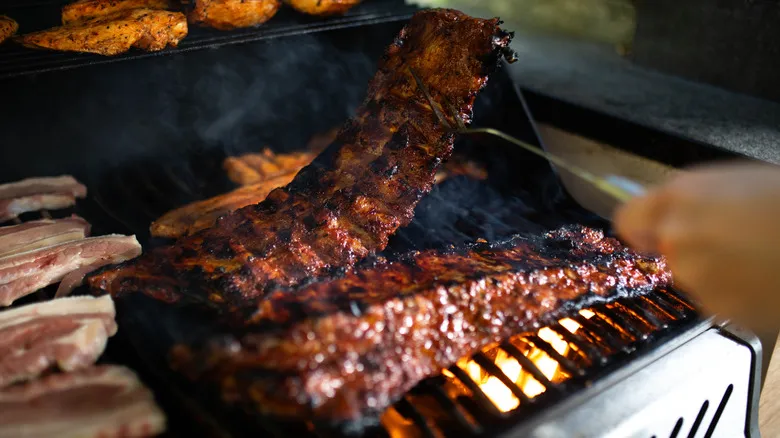Avoid overcooking your barbecue ribs
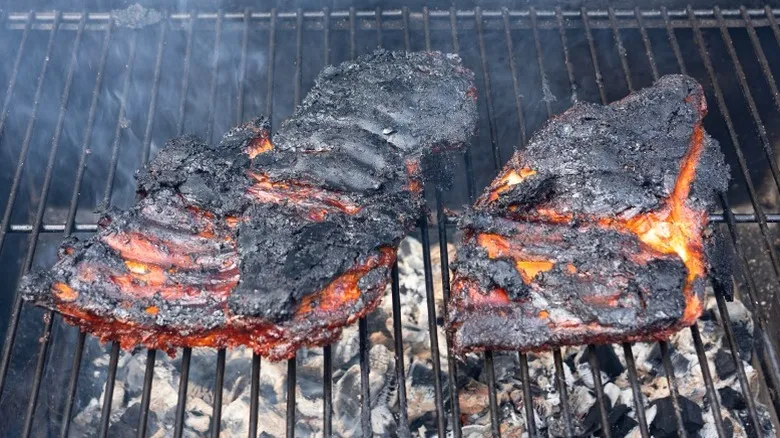
The ideal method for cooking ribs allows the meat to simmer in its own juices. Many experts endorse the 3-2-1 technique, which aligns with Robbie Shoults' recommendation to maintain a lower heat on the grill and make adjustments as needed. While he suggests wrapping the ribs in aluminum foil, the 3-2-1 method advises covering them with foil after three hours and letting them cook for an additional two hours, flipping the rack to its other side during this time. For the initial five hours, the only seasoning on your ribs should be a dry rub, and Bear Rubz provides four delicious spice blends to choose from.
"If you plan to baste with barbecue sauce, make sure to do it in the last 30 minutes to prevent the sugars in the sauce from burning," Shoults advises. Your ribs won’t be waiting around, so don’t rush to add the sauce too early. Among the diverse barbecue sauces found across the U.S., Kansas City and Texas-style sauces are typically thick, sweet, and spicy, which is what most supermarket options offer. In contrast, Eastern Carolina and Virginia-style sauces are thinner and more vinegar-based, making them suitable for earlier application. The higher the sugar content, the less time it requires to cook. Check on your ribs periodically to ensure the sugars aren’t burning, so you can achieve those mouthwatering, gas-grilled ribs.
Recommended

How To Clean Your Dingy Baking Sheets So They Look Like New Again
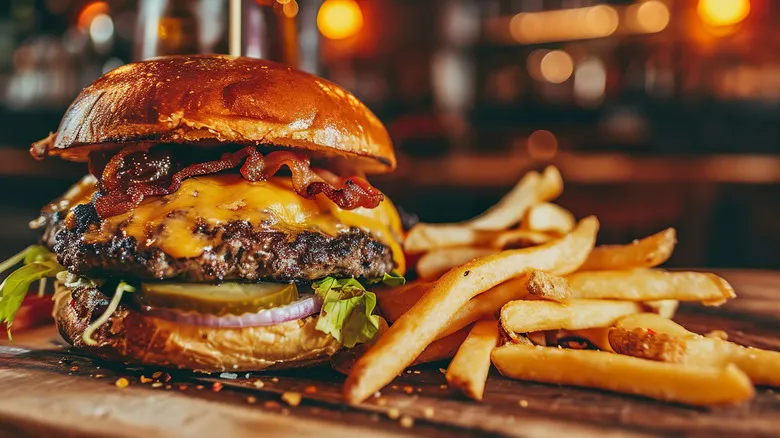
The Cooking Technique That Gives You Thick Pub-Style Burgers
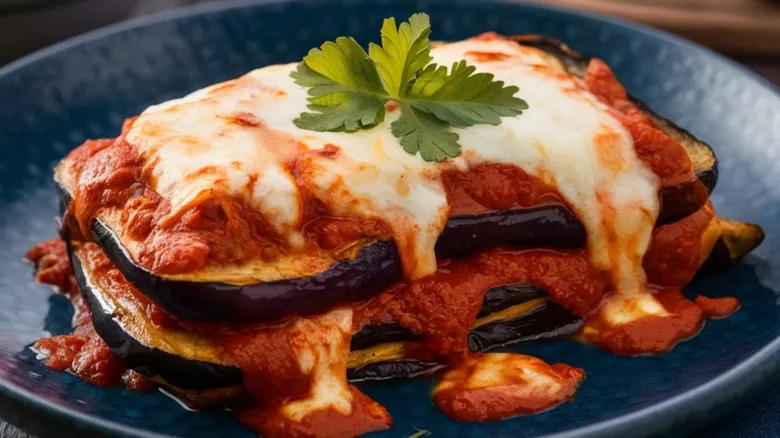
The Tastiest Eggplant Parmesan Isn't Fried
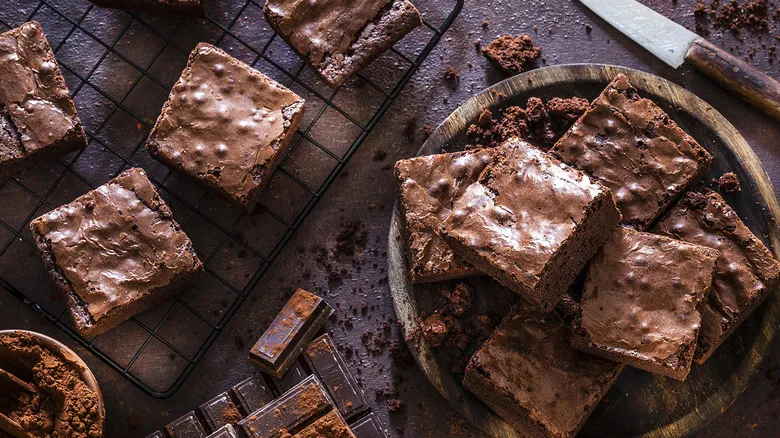
Amplify The Flavor Of Your Brownies With A Splash Of Bourbon
Next up

